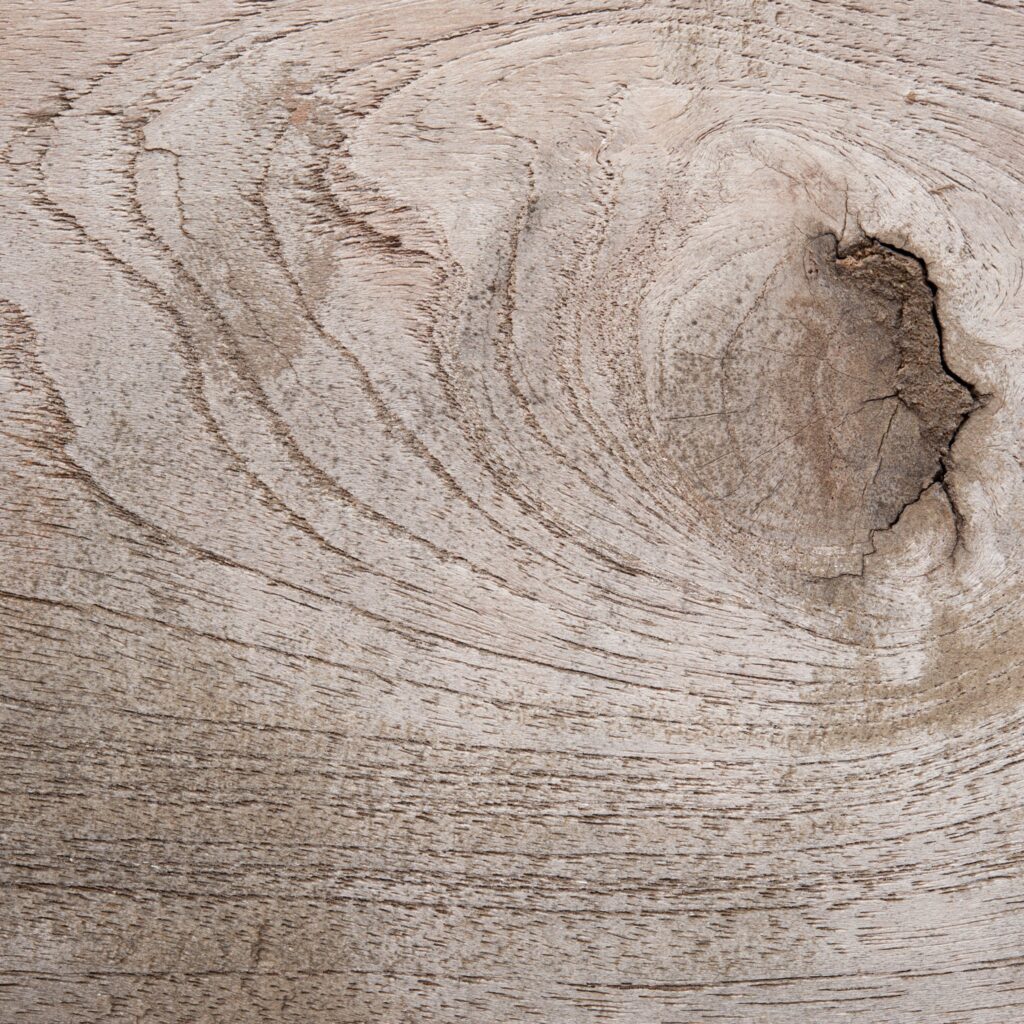
Types of Material Used in Wood Standing Desks
Wooden standing desks are not just functional workspaces; they are also elegant pieces of furniture that can enhance the aesthetics of your workspace. By following the tips and techniques outlined in this article, you can maintain the pristine condition of your wood standing desk for years to come. Let’s dive into the first part of our guide, which focuses on the foundation of long-term desk maintenance.
For a guide on how to choose a wood standing desk check out our Wood Standing Desk Selection Guide!
| Key Takeaways |
|---|
| 1. Wood Selection and Quality: Choose the right wood type, assess its quality, and opt for sustainably sourced wood for longevity. |
| 2. Regular Cleaning and Dust Management: Implement a cleaning routine to remove dust and debris, keeping your desk spotless. Prevent dust buildup with desk pads and cable management. |
| 3. Moisture Control: Maintain proper humidity levels and promptly handle spills to prevent warping and swelling of your wood standing desk. |
| 4. Scratch and Dent Repair: Learn how to address surface scratches, dents, and water rings effectively. Seek professional help for more significant damage. |
| 5. Preventative Measures: Use protective accessories like desk pads, coasters, and cable management. Conduct routine inspections to catch issues early. |
| 6. Sunlight and Finish Protection: Protect your wood desk from direct sunlight and finish damage with blinds or curtains. |
I. Wood Selection and Quality: The Foundation of Longevity
A. Choose the Right Wood Type
The journey to extending the lifespan of your wood standing desk begins with selecting the right type of wood. Different wood species vary in terms of durability, aesthetics, and resistance to wear and tear. When choosing wood for your desk, consider the following:
- Hardwood vs. Softwood: Hardwood, such as oak, maple, or cherry, is renowned for its durability and longevity. Softwood, like pine or cedar, is softer and may require more maintenance.
- Sustainability: Opt for sustainably sourced wood to support eco-friendly practices and ensure a long-lasting desk that won’t negatively impact the environment.
- Appearance: Consider the grain patterns, color, and natural beauty of the wood. Choose a type that complements your workspace’s aesthetic.
B. Assess Wood Quality

Once you’ve decided on the type of wood, it’s essential to assess its quality. High-quality wood is more likely to withstand the test of time and maintain its appearance. Here’s how to evaluate wood quality:
- Check for Consistency: Look for consistent grain patterns and color throughout the wood. Inconsistent patterns may indicate lower quality or imperfections.
- Density and Hardness: Hardwood varieties with higher density and hardness are less susceptible to dents and scratches. Research the Janka hardness rating of your chosen wood species.
- Knots and Imperfections: Examine the wood for knots, cracks, or other imperfections. These may weaken the desk’s structure over time.
By taking the time to choose the right wood type and assessing its quality, you lay the foundation for a wood standing desk that can last for generations.
II. Cleaning and Dust Management: Keeping It Spotless
A. Regular Cleaning Routine
Maintaining the cleanliness of your wood standing desk is a fundamental aspect of long-term desk care. Regular cleaning not only keeps your desk looking its best but also prevents the buildup of dust and debris that can lead to surface damage.
Steps for a Regular Cleaning Routine:
- Gentle Dusting: Use a soft, microfiber cloth to dust your desk’s surface regularly. This helps remove loose particles that can scratch the wood.
- Damp Cleaning: Periodically, use a damp cloth with a mild, wood-friendly cleaner to wipe down the surface. Avoid abrasive or harsh chemical cleaners that can damage the finish.
- Dry Thoroughly: After cleaning, be sure to dry the desk’s surface completely to prevent moisture from seeping into the wood.
B. Dust Prevention
Dust may seem harmless, but over time, it can be abrasive and detrimental to your wood standing desk’s finish. Preventing dust buildup is a proactive measure that can extend the life of your desk.
Tips for Dust Prevention:
- Desk Pads: Consider using desk pads or mats, especially in areas where you frequently write or use a computer. These accessories can trap dust and prevent it from settling on the wood surface.
- Cable Management: Keep cables and wires organized and off the desk’s surface. Loose cables can accumulate dust and potentially scratch the wood.
- Regular Maintenance: Stick to a regular cleaning schedule to remove dust before it becomes a problem.
For more insights on dust prevention read here!
Taking the time to clean your wood standing desk properly and prevent dust accumulation will help maintain its beauty and integrity. In the next section, we’ll explore how to control moisture levels and avoid warping and swelling, another critical aspect of long-term desk maintenance.
C. Dust Prevention

Dust may seem harmless, but over time, it can be abrasive and detrimental to your wood standing desk’s finish. Preventing dust buildup is a proactive measure that can extend the life of your desk.
Tips for Dust Prevention:
- Regular Maintenance: Stick to a regular cleaning schedule to remove dust before it becomes a problem. Make it a part of your routine to ensure your desk remains spotless and well-maintained.
By implementing these dust prevention strategies, you not only maintain the cleanliness of your wood standing desk but also protect its finish and longevity.
III. Moisture Control: Protecting Against Warping and Swelling While Maintaining
A. The Impact of Moisture
Moisture is one of the most significant factors that can affect the long-term condition of your wood standing desk. Excessive humidity or spills can lead to warping, swelling, and other structural issues. Understanding the impact of moisture is crucial for effective desk care.
For more insight on the types of wood that make up wood standing desks, read our article on it here!
Why Moisture Matters:
- Warping: Excess moisture can cause the wood to warp or bend, altering the desk’s shape and stability.
- Swelling: Wood can swell when exposed to moisture, leading to cracks or damage over time.
B. Maintaining Proper Humidity Levels
To protect your wood standing desk from the adverse effects of moisture, it’s essential to maintain proper humidity levels in your workspace. Here’s how you can do it:
Steps to Maintain Proper Humidity:
- Use a Hygrometer: Invest in a hygrometer to monitor the humidity levels in your workspace. Ideally, the relative humidity should be around 40-45% to keep your wood desk in excellent condition.
- Dehumidifiers and Humidifiers: Depending on your local climate, you may need a dehumidifier or humidifier to maintain the right humidity levels. These devices can help regulate moisture in the air.
C. Handling Spills
Accidents happen, and spills are inevitable at times. Knowing how to handle spills promptly can make a significant difference in protecting your wood standing desk while maintaining its quality.
Spill Cleanup Tips:
- Act Quickly: If a spill occurs, act promptly to prevent the liquid from seeping into the wood. Use absorbent materials like paper towels or a clean cloth to blot up the spill.
- Gentle Cleaning: Once you’ve blotted up the liquid, clean the affected area gently with a damp cloth and a mild wood-friendly cleaner.
- Dry Thoroughly: After cleaning, make sure the desk is completely dry to avoid moisture-related issues.
By managing moisture effectively, you can avoid warping, swelling, and other structural problems that could compromise the longevity of your wood standing desk.
IV. Scratch and Dent Repair: Restoring Its Beauty While Maintaining
A. Understanding Damage
Even with the utmost care, your wood standing desk may still experience scratches, dents, or other forms of damage over time. Understanding the types of damage and their causes is the first step in effective repair and restoration while maintaining your desk.
Common Types of Damage:
- Surface Scratches: Light scratches on the desk’s surface, often caused by abrasive objects or rough handling.
- Dents: Small depressions or dings in the wood, which can result from impacts or heavy objects.
- Water Rings: Circular or cloudy marks left by glasses or cups containing liquids.
B. DIY Repair Techniques
For minor damage, you can often perform repairs yourself to restore your wood standing desk’s beauty while maintaining its functionality. Here are some DIY repair techniques to consider:
DIY Repair Steps:
- Surface Scratches: Fill in minor scratches with a wood filler that matches the desk’s color. Sand and refinish the affected area to blend it with the surrounding wood.
- Dents: For small dents, use a damp cloth and a hot iron to steam and swell the wood fibers. Sand and refinish as needed.
- Water Rings: Gently rub the water ring with a mixture of equal parts mayonnaise and baking soda, then wipe it clean and apply furniture polish.
C. Seeking Professional Help
For more significant damage or if you’re unsure about tackling repairs on your own, it’s advisable to seek professional assistance. Experienced woodworkers or furniture repair specialists can assess the damage and provide the necessary repairs or refinishing, ensuring your wood standing desk remains well-maintained.
By addressing scratches, dents, and other damage promptly and effectively, you can maintain your wood standing desk’s beauty and functionality for years to come.
In Part 3 of our guide, we will delve into preventative measures you can take to proactively care for your wood standing desk, including the use of protective accessories and routine inspections. Stay tuned to learn more about maintaining the long-term durability of your desk.
FAQs
The ideal relative humidity for a wood standing desk is around 40-45%. This range helps prevent issues like warping and swelling, which can occur with excessive moisture. Use a hygrometer to monitor and maintain the correct humidity levels in your workspace.
While it’s essential to keep your desk clean, avoid using abrasive or harsh chemical cleaners. Opt for mild, wood-friendly cleaners to ensure the finish remains intact. Always follow the manufacturer’s recommendations for cleaning products.
For minor scratches or dents, you can perform DIY repairs using techniques like filling in scratches with a matching wood filler or steaming and swelling dents with a damp cloth and hot iron. More significant damage may require professional assistance from woodworkers or furniture repair specialists.
Regular inspections are crucial for proactive maintenance. Check your desk periodically for signs of damage, wear, or issues with the finish. Implement a schedule that works for you, but at least every few months is recommended.
Read More
For more insights read here!
- Digital Marketing Tools: The Importance of Marketing Tools
 The Importance of Marketing Tools In today’s digital landscape, businesses …
The Importance of Marketing Tools In today’s digital landscape, businesses …Digital Marketing Tools: The Importance of Marketing Tools Read More »
- A Guide to Fundamental Marketing Tools for Businesses
 What are marketing tools? At Opvital, we’re dedicated to shedding …
What are marketing tools? At Opvital, we’re dedicated to shedding …A Guide to Fundamental Marketing Tools for Businesses Read More »
- The Significance of Marketing Tools
 Key Takeaways for Marketing Tools Marketing Tools Overview – Diverse …
Key Takeaways for Marketing Tools Marketing Tools Overview – Diverse … - A Comprehensive NeuronWriter Review: Unveiling Its SEO Powers
 Welcome to Opvital’s in depth NeuronWriter Review. NeuronWriter is more …
Welcome to Opvital’s in depth NeuronWriter Review. NeuronWriter is more …A Comprehensive NeuronWriter Review: Unveiling Its SEO Powers Read More »
